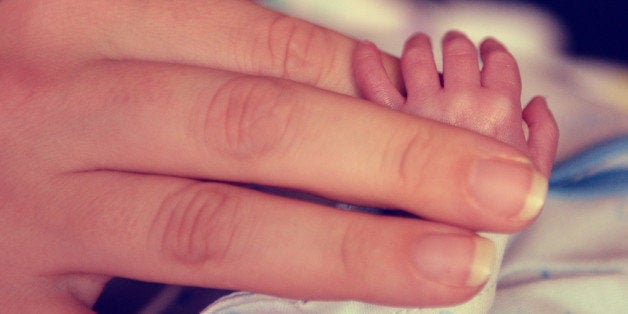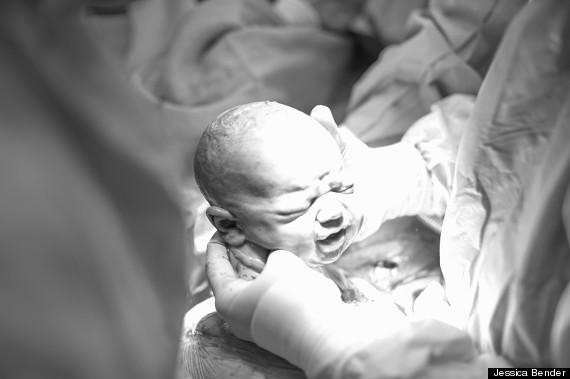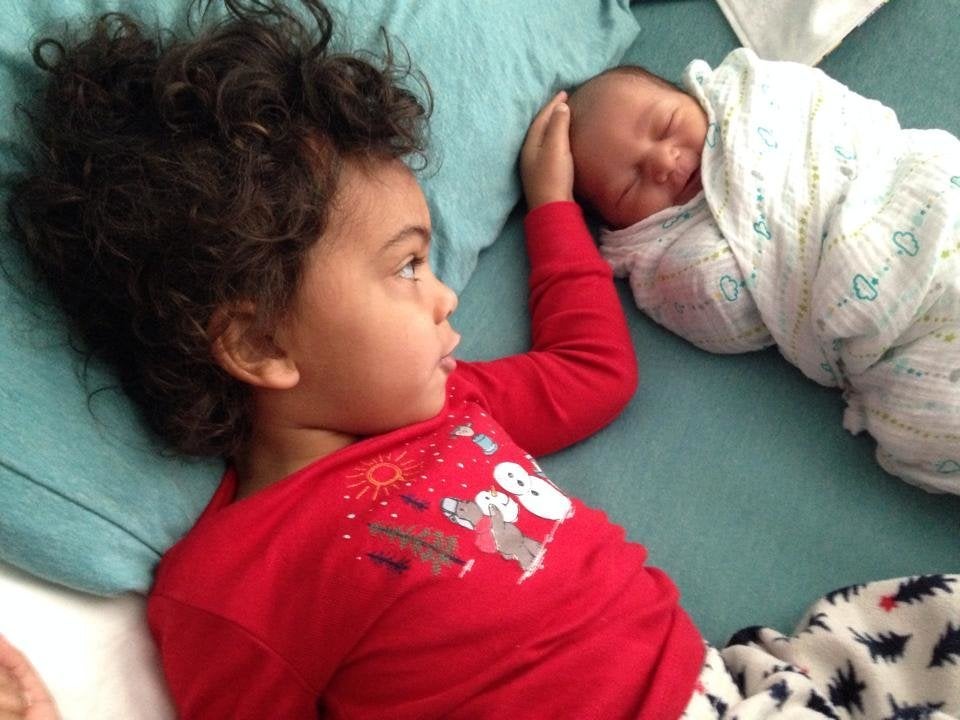
Even though nearly a third of births in the U.S. are caesarean sections, it seems there are still misconceptions about the procedure. Just this month, a religious group known as Disciples of the New Dawn sparked controversy perpetuating a few of them while targeting mothers who opted for C-sections.
To clear up any lingering confusion, we've rounded up the most common myths about the procedure -- and the real stories behind them.
Myth No. 1: You won't be able to have skin-to-skin contact after birth.
If a woman wants to ensure she gets skin-to-skin recovery after a C-section, she should feel empowered to ask. Daniela A. Carusi, the Director of Surgical Obstetrics at Brigham & Women’s Hospital, told HuffPost Parents that her patients can have skin-to-skin contact with the baby while the C-section is still taking place. It helps to have an extra attendant, like a nurse, doula or midwife, for support.
Take it from this mother who had a C-section: "I don't know about you, but I don't think that the bond of mother and child is solely dependent on which body part the baby exited from. The moment they placed my beautiful son on my chest, I couldn't have been more filled with love and absolute awe."
Myth No. 2: You can't photograph the birth.
More and more birth photographers are capturing C-sections when able, so there's now evidence to show that all birthing is beautiful. Really.

Myth No. 3: You won't be able to breastfeed easily.
Shilpi S. Mehta-Lee, Assistant Professor of Maternal Fetal Medicine in the Department of Obstetrics & Gynecology at NYU Langone Medical Center, told HuffPost Parents that the method of delivery has little effect on your ability to nurse your baby.
Dr. Carusi said that some of her patients are even able to breastfeed during the C-section. "If it doesn’t happen in the OR, we have breastfeeding start as soon as the mother returns to the recovery room and has basic monitors applied," she said. You can also ask your doctor for pain medication that will keep you more alert so that it's easier to breastfeed.
Myth No. 4: You're completely unconscious while giving birth.
While the rate of C-sections has increased over the years, use of general anesthesia is on the decline. More and more women are opting for regional anesthetic, either epidural or spinal anesthesia, which would leave them awake for the birth.
Myth No. 5: Getting a C-section is a "selfish" luxury.
A woman's method of childbirth is a deeply personal choice, and birth plans can change. According to the World Health Organization, it might be necessary for a woman to undergo a C-section "due to prolonged labour, foetal distress, or because the baby is presenting in an abnormal position." Consider, too, the higher risk of surgical complications that come with C-sections.
Myth No. 6: C-sections aren't painful.
Dr. Mehta-Lee said that, while patients shouldn't feel any pain during a C-section, they can feel "significant pain" for the 2 to 6 weeks following the operation. Kate Auletta, a HuffPost Parents editor who recently had a C-section, said that, while the procedure is generally considered to be less painful than vaginal birth, "it ain't a walk in the f***ing park." A HuffPost Parents blogger put it this way: "Regardless of how your baby arrives, it is still bigger than your vagina. Or a bikini-line incision. And if you're on pain meds, at some point those wear off and you are left with the startling reality that your baby is now on the outside of you. Ouch."
